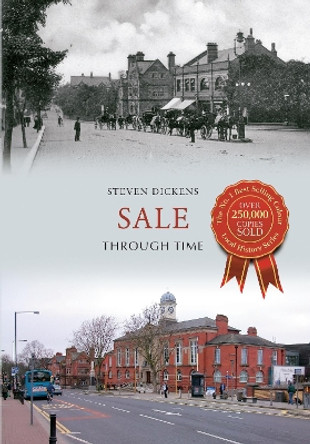The Lancashire town of Oldham was a boom town of the Industrial Revolution and among the first ever industrialised towns in England. At its peak it was the most productive cotton-spinning mill town in the world, producing more cotton than France and Germany combined. It was not until the last quarter of the eighteenth century that Oldham changed from being a cottage industry township producing woollen garments via domestic manual labour to a sprawling industrial metropolis of textile factories. The town's population was greatly increased by the mass migration of workers from outlying villages, resulting in an explosion from just over 12,000 in 1801 to 137,000 in 1901.At its peak, in 1928, there were more than 360 mills operating night and day, but Oldham's textile industry fell into decline in the mid-twentieth century and the town's last mill closed in 1998. Today, Oldham is a predominantly residential town and a centre for further education and the performing arts. Oldham Through Timecharts these remarkable changes through a fascinating series of images of the town over the last century and a half.
About the AuthorSteven John Dickens has a BA. Hons in History (Sheffield University) and an MA in Twentieth Century History (Liverpool University) and is a retired charge nurse and college lecturer. He has always had an interest in local history and social history and has also lectured on the history of the NHS. He has previously written for several local history publications, genealogy journals and magazines; including The Manchester Genealogist and The Journal of the Altrincham History Society.
Book InformationISBN 9781445661728
Author Steven DickensFormat Paperback
Page Count 96
Imprint Amberley PublishingPublisher Amberley Publishing
Weight(grams) 297g









